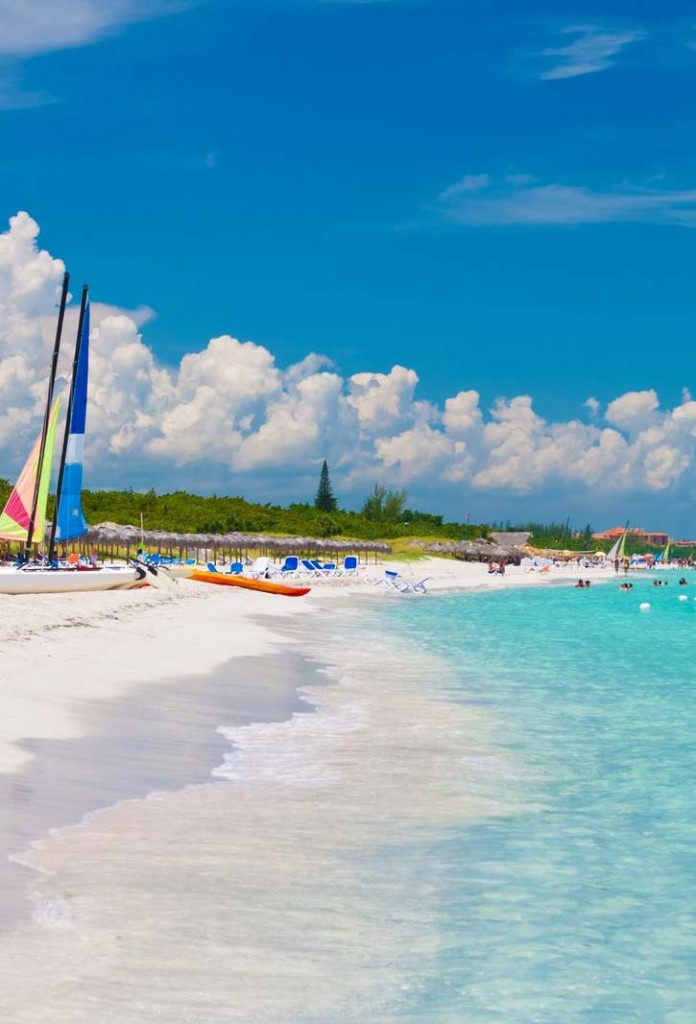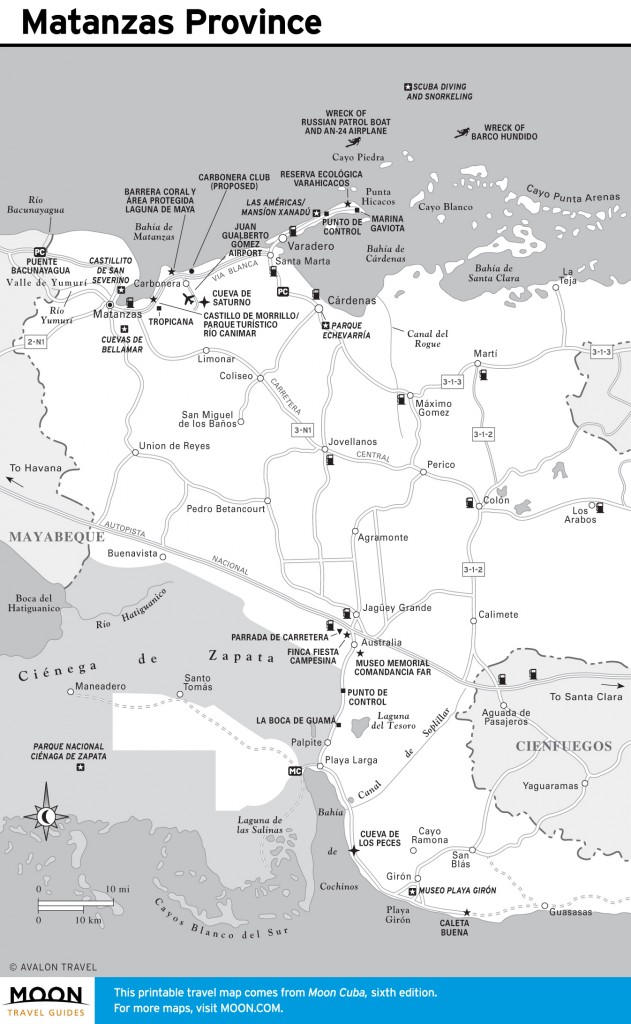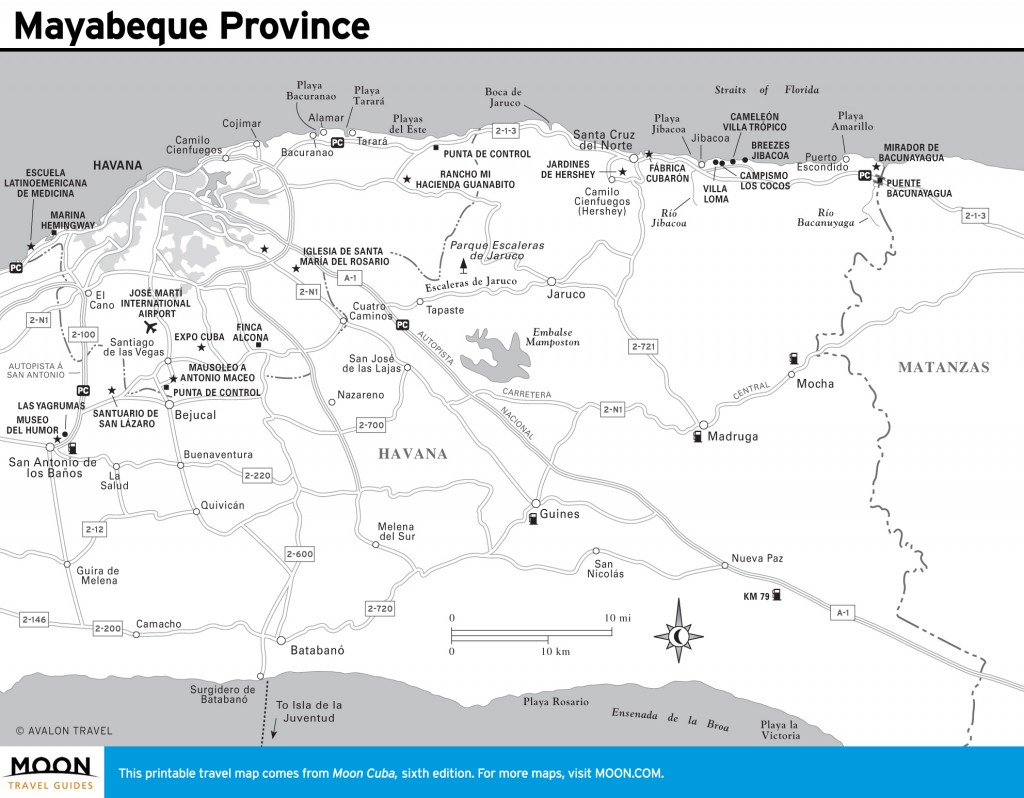Hills separate the coastal strip from a vast plain where red soils support sugarcane fields and citrus orchards that extend east into Villa Clara Province.

Many travelers make Veradero their vacation headquarters. Photo © Karel Miragaya/123rf.
The southern part of Matanzas Province is taken up by the low-lying Península de Zapata, the Caribbean’s largest marshland system, harboring fantastic bird-life and a large population of Cuban crocodiles. In April 1961 the Zapata region was the setting for the Bay of Pigs invasion by Cuban exiles. Today the region is enshrined within Parque Nacional Ciénaga de Zapata, luring travelers keen on bird-watching, fishing, and a sampling of revolutionary history. There are pleasant beaches at Playa Larga and Playa Girón, both major landing sites for the CIA-inspired invasion.
The entire coastline from the Bay of Pigs (21° 45’) to Cienfuegos harbor (21° 50’) is strictly off-limits to boaters.
The Vía Blanca, or Circuito Norte, runs along the coast between Havana and Matanzas (102 kilometers), and thence to Varadero, 34 kilometers farther east. Many visitors make Varadero their main center for a vacation in Cuba. It has improved immensely of late—perfect if sun and sand are your main interests. Two or even three days relaxing on the beach here should suffice. Scuba diving is excellent, boat excursions are fun, and organized excursions to the timeworn historic city of Cárdenas and farther afield provide a sampling of Cuba’s broader pleasures.

Matanzas Province
The city of Matanzas appeals for its heritage of Afro-Cuban music and dance; for its faded colonial architecture highlighted by the restored Castillito de San Severino, with an important museum recalling the era of slavery; and for the Cuevas de Bellamar, full of dripstone formations. One day is more than adequate to explore the city.
Touristic sites are few in Mayabeque Province: The two exceptions are the uplands of Escaleras de Jaruco and the pretty beach resort of Jibacoa.
The Zapata region deserves at least a day’s visit. At Boca de Guamá, Cuba’s most important crocodile farm is open for visits. Bird-watchers and wildlife enthusiasts are in their element. Laguna del Tesoro and Laguna de las Salinas set a world standard for tarpon and bonefish angling. Scuba divers can dive a cenote (flooded sinkhole) while snorkelers can enjoy Caleta Buena. The Museo Playa Girón is worth the visit for Cuba’s take on the Bay of Pigs story.

Mayabeque Province
When traveling east-west or vice versa, take your pick of the super-fast Autopista, which skips all towns and runs through flat agricultural lands from Havana to Santa Clara, or the winding Carretera Central, which runs north of and parallel to the Autopista, linking the city of Matanzas with Santa Clara and passing through dusty old country towns.
Excerpted from the Sixth Edition of Moon Cuba.